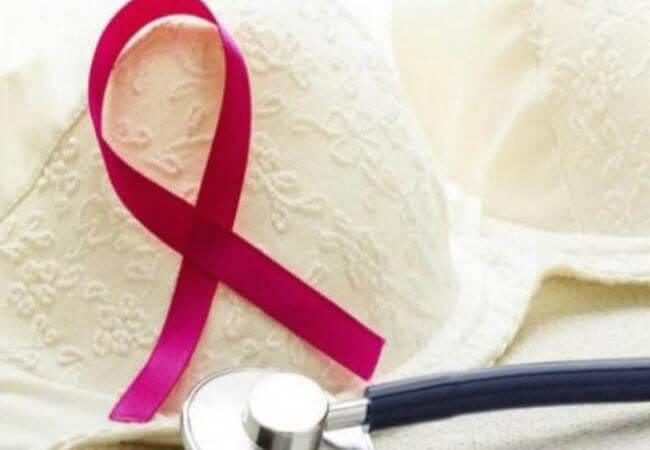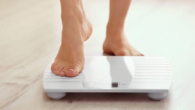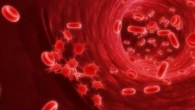
3 Rapid Cancer Tests You Can Do Right Now
0
The earlier the disease is detected, the greater the chances of successful treatment!
Most cancers are treatable — but success depends on how early the disease is detected and how far it has progressed. It’s important to know the early symptoms and signs of the disease (many of which are common to most cancers) and to have regular self-examinations and check-ups with your doctor. The tests below are not a 100% guarantee of detecting early cancers, but doing them regularly significantly increases the likelihood of early diagnosis. And remember: if you notice any alarming symptoms or changes in your body, be sure to see your doctor!
Mole Checkup
Skin cancer is one of the most difficult forms of the disease. Most often, neoplasms that indicate the development of the disease appear on the skin (but it is also important to regularly check your eyes – sometimes melanoma forms on the retina), and therefore it is important to regularly conduct a self-examination. To do this, carefully examine your moles. Here is what should alert you and make you see a doctor:
- Mole or birthmarks, the diameter of which exceeds 6 mm;
- Mole with uneven or blurred edges, as well as asymmetrical, irregular shape;
- Mole and neoplasms of an unusual color;
- Any neoplasm that protrudes above the skin.
Also make sure that you do not have these symptoms of melanoma that are in no way related to moles.
Breast self-examination
After 50 years, doctors recommend that women undergo a mammogram at least once every two years, and before that, regularly undergo a mammogram examination by a mammologist and, if necessary, an ultrasound of the breast. But the simplest and most effective thing you can do to monitor the health of your breasts is to conduct a self-examination every month. This should be done on the 5th-6th day of the cycle (if you have already gone through menopause, then on the same day of the month) and pay attention to the following changes:
- Fluid and discharge from the nipples (sometimes they can only be identified by traces on underwear or clothing);
- Change in the shape or size of the breasts (enlargement, asymmetry, etc.);
- Change in the structure of the skin (less elastic, resembling lemon peel – all this is a reason to see a doctor);
- Change in the shape and size of the nipples;
- New growths.
Up to 90% of all new growths are detected during self-examination. Most of them are safe for health, but in any case, if you notice something alarming, be sure to consult a doctor.
Weighing
Regularly monitoring your weight and paying attention to its changes is also an important way to prevent cancer. The fact is that sudden and unexplained weight loss accompanies most forms of the disease – cancer of the stomach, intestines, uterus, lungs and others. Unexplained weight loss that has appeared despite the fact that you have not changed your diet or lifestyle is a reason to consult a doctor as soon as possible. Therefore, it is important to monitor your weight and at least once a week to conduct a control weighing.









Leave a Reply